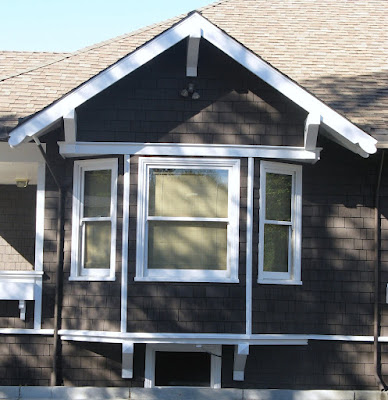- use 2x6 wall framing at 24" o.c. (in lieu of 16" o.c.)
- use 1" rigid foam insulation in lieu of traditional sheathing
- eliminate headers where they are not necessary structurally - where they are necessary size them properly (it is common practice to use the same size header throughout)
- eliminate all the corner framing - let the drywall hang loose or use clips
- use header hangars in lieu of jack studs
- eliminate one of the top plates

I happen to agree that all of these ideas are good energy savings tips. Some builders however would argue that they are not necessarily cost savings. For instance eliminating one of the top plates may complicate the drywall installation. Eliminating the wall sheathing means using other methods to ensure shear strength. So before you implement any of these ideas on your new house make sure you talk through the implications closely with your builder. I also suggest having a residential structural engineer look at your new lightly framed house to make sure it won't tip over when the big bad wolf blows on it.
You can see the entire fine homebuilding article at "The Future of Efficient Framing"




